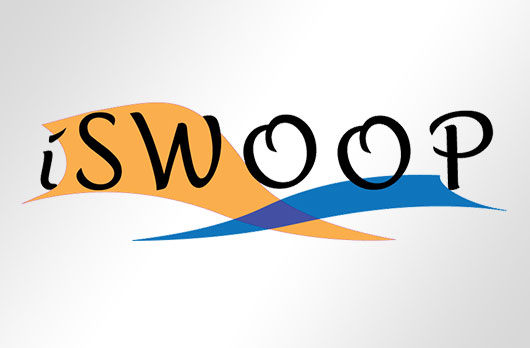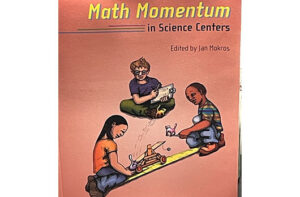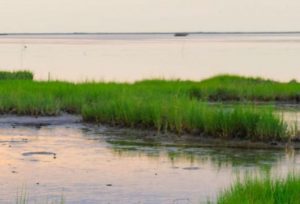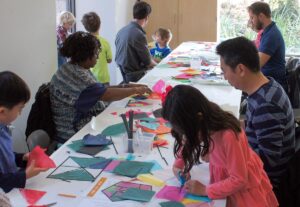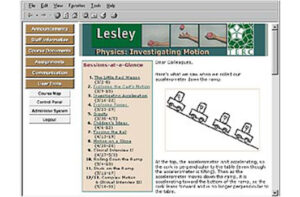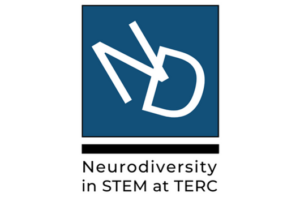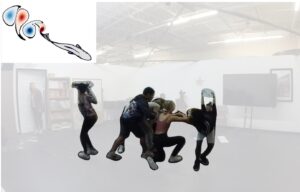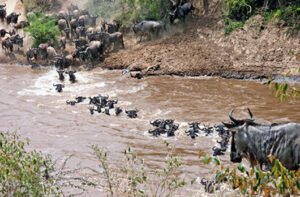What Don’t We Know? Messages About Science
Martha Merson and Tim Watkins
Legacy, Vol 28, No. 4, p. 24, July/August 2017
Summary
Science has so much to offer a curious mind: everything from revelations about how the tiniest life on our planet contributes to whole systems to the mysteries of black holes. The questions and puzzles are frequently more compelling than the answers. In 2013, Stuart Firestein, chair of the Department of Biological Sciences at Columbia University, said, “So every fact really that we get just spawns 10 new questions. And those are the things that ought to be interesting to us.” His point was that the more we know, the more we realize how much we don’t know. Questions push the field forward and are points of entry for those of us communicating science.
In park settings, questions that highlight what scientists don’t know can enrich visitors’ learning. Unanswered questions present an opportunity to invite visitors to think through how scientists approach their work—in short, how they create new knowledge. The questions can lead to true dialogue about the implications for new discoveries.
Martha also contributed to the Appreciating Acadia (p. 26), authored by Patrick Kark, an ornithology interpretive ranger at Acadia National Park. In his article, Patrick tells about his experience incorporating iSWOOP into his daily interactions with park visitors.


